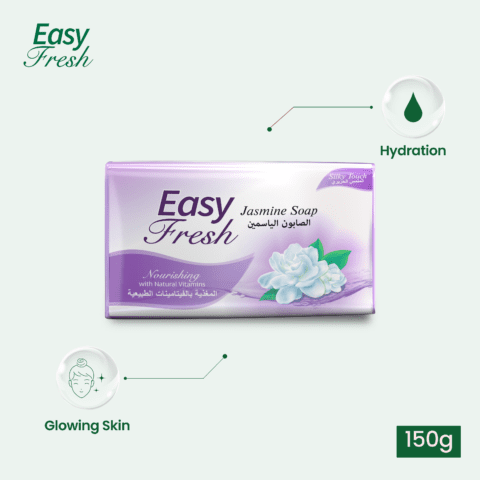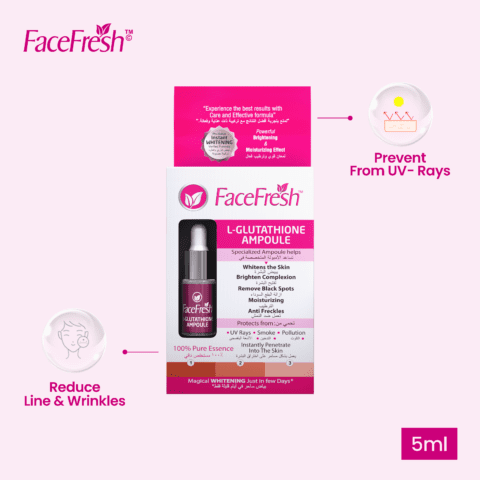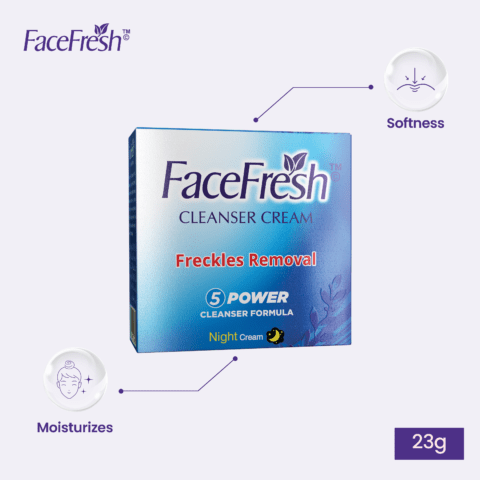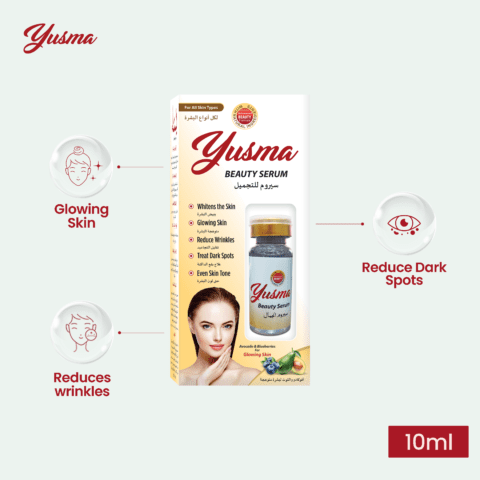Hyperpigmentation is a common skin concern that affects many individuals. Uneven skin tone, dark spots, and patches can be distressing and impact one’s self-confidence. This article aims to provide an understanding of hyperpigmentation, its causes, prevention strategies, treatment options, and home remedies that can help in achieving a more even skin tone.
What is Hyperpigmentation?
Hyperpigmentation refers to the darkening of certain areas of the skin caused by an increase in melanin production. Melanin is the pigment responsible for giving color to our skin, hair, and eyes. When an excess amount of melanin is produced in certain areas, it leads to hyperpigmentation, resulting in dark patches or spots on the skin.
Causes of Hyperpigmentation
Several factors contribute to the development of hyperpigmentation. Understanding these causes can help in effectively managing and preventing its occurrence.
Sun Damage
Excessive exposure to the sun’s harmful ultraviolet (UV) rays can trigger the production of melanin, leading to sunspots or solar lentigines. Sunspots commonly appear on areas of the skin that are frequently exposed to the sun, such as the face, hands, and shoulders.
Hormonal Changes
Hormonal fluctuations during pregnancy, menopause, or while taking certain medications can trigger the development of hyperpigmentation. This type of hyperpigmentation is often referred to as melasma or the “mask of pregnancy.”
Post-Inflammatory Hyperpigmentation
After experiencing an injury, inflammation, or skin condition like acne, the skin may produce excess melanin during the healing process. This can result in post-inflammatory hyperpigmentation, leaving behind dark spots or patches.
Types of Hyperpigmentation
Hyperpigmentation can manifest in various forms, each with its unique characteristics and causes.
Melasma
Melasma is a common type of hyperpigmentation that appears as gray-brown patches on the face, particularly on the cheeks, forehead, nose, and upper lip. It is often associated with hormonal changes and increased sun exposure.
Age Spots
Age spots, also known as liver spots or solar lentigines, are small, flat, dark spots that typically occur on areas of the skin frequently exposed to the sun, such as the hands, face, shoulders, and arms. They are more commonly observed in older individuals.
Freckles
Freckles are small, concentrated areas of increased pigmentation that are typically genetically determined and become more pronounced with sun exposure. They commonly appear on fair-skinned individuals, particularly those with red or blonde hair.
Acne Scars
Post-inflammatory hyperpigmentation can occur as a result of acne breakouts, leaving behind dark spots or patches even after the acne has healed. These acne scars can be frustrating and affect one’s self-esteem.
Prevention of Hyperpigmentation
While complete prevention may not always be possible, certain measures can help minimize the risk of hyperpigmentation and maintain an even skin tone.
Sun Protection
Wearing sunscreen with a high SPF and broad-spectrum protection is essential in preventing sun-induced hyperpigmentation. Additionally, using protective clothing, hats, and seeking shade during peak sun hours can further reduce sun damage.
Skin Care Routine
Following a regular skincare routine is crucial for maintaining healthy skin and preventing hyperpigmentation. This includes cleansing, exfoliating, and moisturizing the skin using products suitable for one’s skin type. Incorporating products with ingredients like vitamin C and niacinamide can also help in brightening the skin and reducing hyperpigmentation.
Avoiding Triggers
Identifying and avoiding triggers that may worsen hyperpigmentation is important. These triggers can include certain medications, harsh skincare products, and exposure to environmental pollutants.
Treatment Options
Various treatment options are available for individuals seeking to address existing hyperpigmentation and achieve a more even skin tone.
Topical Creams
Topical creams containing ingredients such as hydroquinone, retinoids, azelaic acid, and kojic acid can be prescribed or purchased over the counter to reduce the appearance of hyperpigmentation. These creams work by inhibiting melanin production or promoting skin cell turnover.
Chemical Peels
Chemical peels involve the application of a chemical solution to the skin, which helps remove the outer layer, revealing fresh skin underneath. This process can effectively treat hyperpigmentation and improve skin texture.
Laser Treatments
Laser treatments, such as intense pulsed light (IPL) therapy and fractional laser resurfacing, target and break down excess melanin in the skin, resulting in a more even complexion. These treatments are typically performed by dermatologists or trained professionals.
Home Remedies
In addition to professional treatments, some home remedies may help in reducing the appearance of hyperpigmentation.
Lemon Juice
Applying lemon juice to the affected areas can help lighten hyperpigmentation due to its natural bleaching properties. However, it’s important to use caution and perform a patch test as lemon juice may cause skin irritation in some individuals.
Aloe Vera
Aloe vera gel has soothing and skin-lightening properties. Applying aloe vera gel to hyperpigmented areas can aid in reducing pigmentation and promoting skin healing.
Turmeric
Turmeric has long been used for its healing properties. Applying a paste made of turmeric and honey to the skin can help lighten hyperpigmentation and improve overall skin health.
Professional Skin Treatments
For individuals seeking more advanced solutions, several professional skin treatments can address hyperpigmentation effectively.
Microdermabrasion
Microdermabrasion involves exfoliating the skin using tiny crystals or a diamond-tipped wand to remove the outer layer of dead skin cells. This process helps improve skin texture and reduce the appearance of hyperpigmentation.
Cryotherapy
Cryotherapy uses extreme cold to freeze and destroy excess melanin, helping to even out skin tone. This treatment is typically performed by a dermatologist or trained professional.
Lifestyle Changes
Certain lifestyle changes can contribute to maintaining an even skin tone and preventing the exacerbation of hyperpigmentation.
Healthy Diet
Consuming a balanced diet rich in fruits, vegetables, and antioxidants can promote skin health and minimize the risk of hyperpigmentation. Additionally, staying hydrated by drinking an adequate amount of water is crucial for maintaining overall skin health.
Stress Management
Managing stress levels is essential as stress can trigger hormonal imbalances that may lead to hyperpigmentation. Engaging in relaxation techniques, exercise, and pursuing hobbies can help reduce stress levels.
Conclusion
Hyperpigmentation can be a source of concern for individuals looking to achieve an even skin tone. By understanding the causes, prevention strategies, treatment options, and home remedies discussed in this article, individuals can take proactive steps to manage and minimize hyperpigmentation. Consulting with a dermatologist or skincare professional is recommended for personalized advice and guidance.






Leave a comment
Your email address will not be published. Required fields are marked *